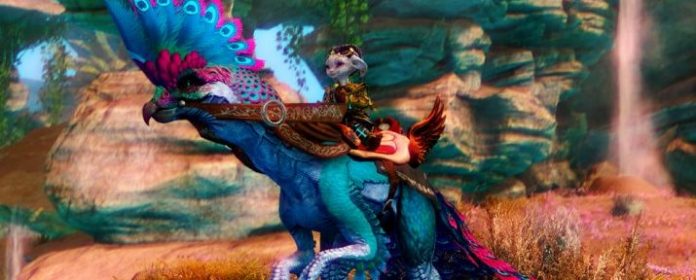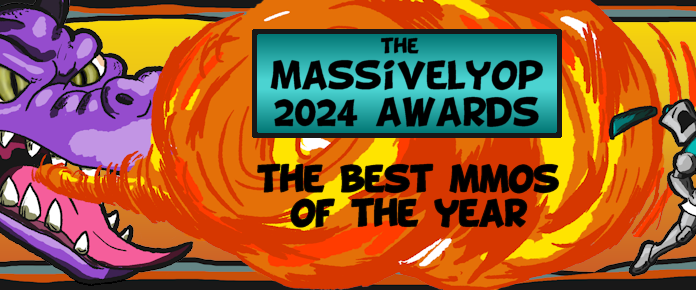
ArenaNet’s Mike O’Brien actually answered one player’s Reddit thread on the topic, arguing that even if you don’t want to buy a thing or it’s not aesthetically pleasing, metrics point the way for the studio, and we should be happy if cosmetics like the peacock can manage to support development.
“What our data [show] is that higher-priced flashy individual items can work, and lower-average-price-per-item bundles can work, but lower-priced individual items generally don’t generate meaningful revenue to support the game. And the whole point of these items is to support the game. GW2 is a content-rich online world with no monthly fee, so it’s a great overall value, with microtransactions doing the heavy lifting of funding continued development of the game. It shouldn’t also be our goal to have the lowest-priced microtransactions. In that case, the only logical outcome would be that we could afford to make less content than other developers, and I think that’s not what any of us are looking for.”
O’Brien doesn’t reply to comments pointing out Guild Wars 2’s falling revenues in NCsoft’s quarterly reports, however. But the devs are all over the game’s latest AMA, which ran last night following the launch of Daybreak, the inaugural episode of the fourth living story arc. It’s almost impossible to avoid spoilers as even the subreddit is titled to tease the new zone, but we’ll try!
Notably, Mike Zadorojny is taking over as GW2’s Game Director in full (not just for Path of Fire as originally announced), season four is expected to cleave to the two-to-three-month cadence as season three did, the game’s infrastructure is being migrated to Amazon hosting (to improve latency and so forth), more regular raids are on the way this season, dungeons are still dead, a small balance patch is on the way, the devs are monitoring the balance of “visual epicness” vs. “visual chaos,” and the team has heard our griping about this episode’s weak trailers. The narrative team also discusses continuity and flow in response to player concerns that some season three “episodes [felt] jarring or out of place.”
“One of the main things we’re doing is making sure that senior design people are present in all the story-breaking meetings, and that the writers for previous and subsequent episodes are present for episode outlining meetings to ensure that they fully understand the episodes coming before and after theirs,” explains Living World Story Editor Jessica Price. “I’m also in all those meetings, so that there’s at least one person who’s present for every story meeting. There are now at least two people who see all of the dialogue that goes into the season, which should help with consistency. I believe strongly that A) everything in a game tells a story, and B) if you’re not telling a story intentionally, you’re telling one unintentionally. We’re looking at all the things in the content that might be telling stories unintentionally, or in ways that aren’t integrated with the rest of the content, and weaving them together. Right now the primary focus is on ensuring that dialogue and gameplay support and enhance each other, but we’re always working on drawing in other elements of the game to do that as well.”












